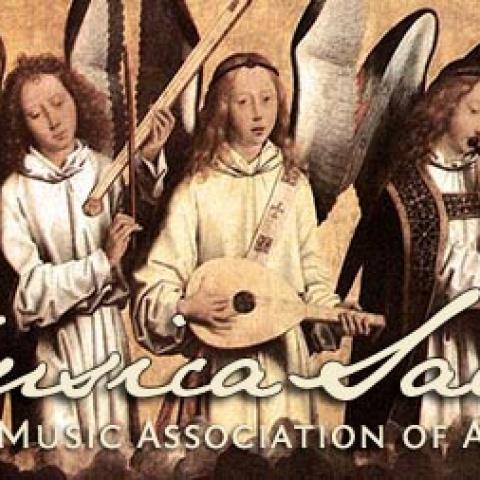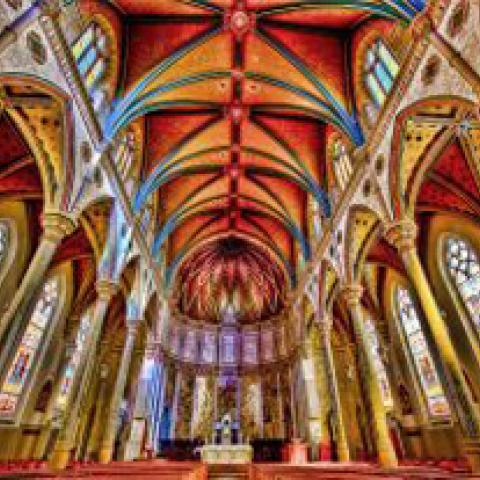
The Church Music Association of America will hold a conference exploring liturgical and sacred music renewal movements October 13–15 at the Church of St. Agnes and the Cathedral of St. Paul in St. Paul, Minnesota. The event, marking the 40th anniversary of the residence of the Twin Cities Catholic Chorale, founded by Msgr. Richard J. Schuler, will explore former and present efforts to revive the Church’s sacred liturgy and music, particularly as exemplified by Msgr. Schuler’s work.
The conference will include the celebration of vespers (Mozart’s Vesperae Solennes de Confessore) and sung Masses, featuring Haydn’s Paukenmesse, classical works for organ, chanted Gregorian propers, and a modern polyphonic setting of the Mass ordinary (Yves Castagnet’s Messe Salve Regina). Presenters include William Mahrt, Dom Alcuin Reid, and Jeffrey Tucker.
For information: www.cmaa.org.




